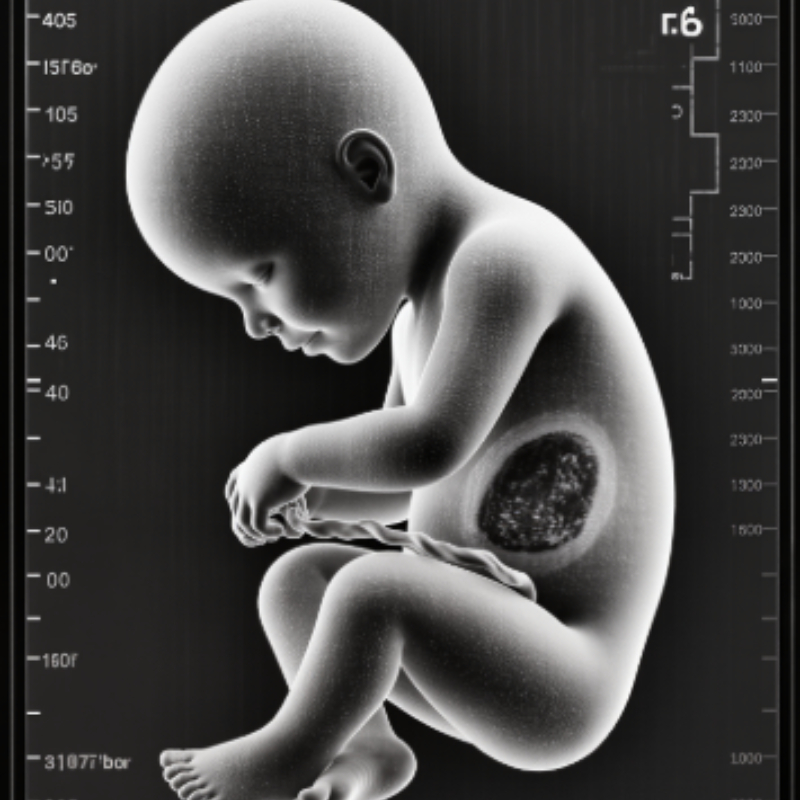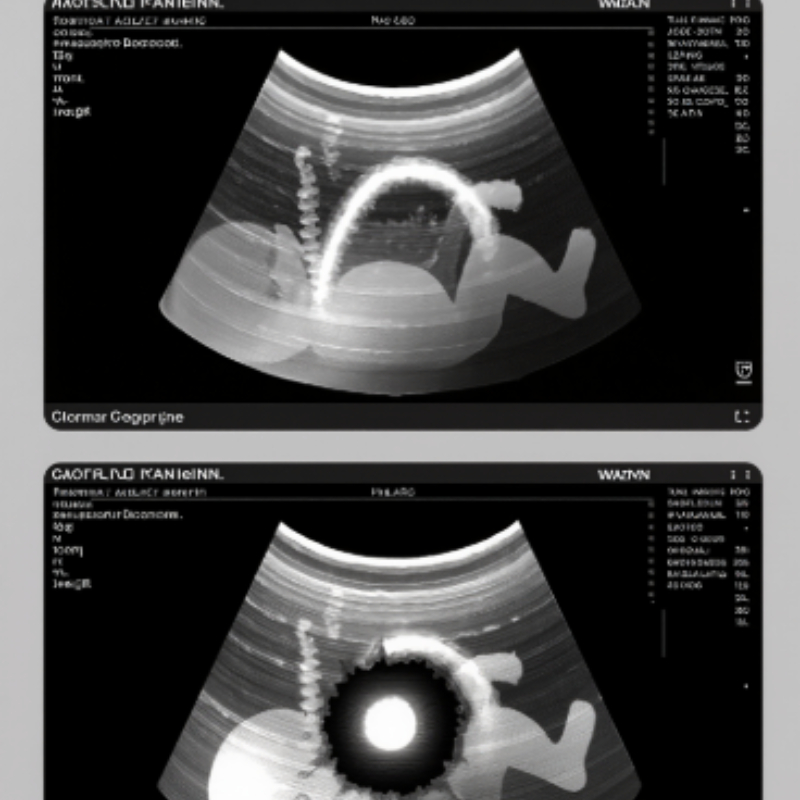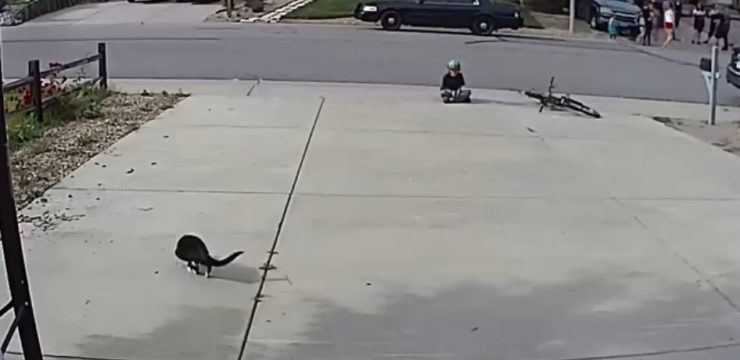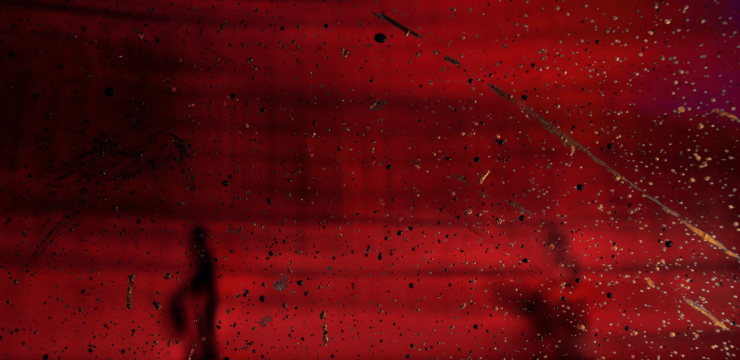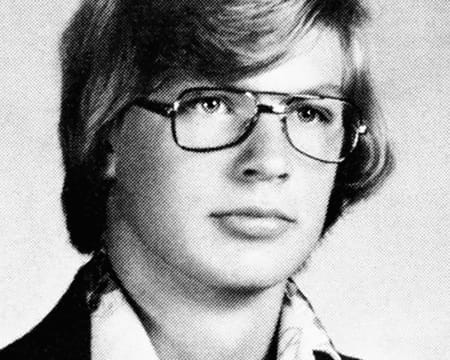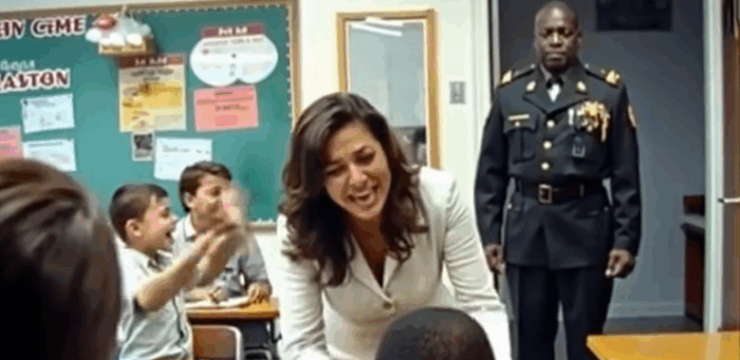We saw our baby before we ever heard his cry. The room was dim and still, filled with the gentle rhythm of machines—soft beeps and quiet whirs that marked time in a language we were just beginning to understand. On the screen, the image appeared in pieces: the spine first, a delicate string of white pearls curving gracefully—until it didn’t. A small darkness opened where light should have been, a break in the song of bone. My breath caught, and David’s cold hand found mine. His fingers trembled, as if holding on was the only thing keeping us both steady.

The sonographer slowed her movements, measuring carefully, tracing circles around that dark space—a dotted outline that looked too much like a target. I couldn’t stop staring at it. I had one foolish thought: if I could reach through the screen and touch it, maybe it would close.
When the doctor came in, his calm voice was the only thing holding the room together. “We’re seeing a discontinuity,” he said gently, “perhaps a lesion near the lower spine. Sometimes it’s treatable. We’ll take this step by step.” His lips moved on, but all I could hear was the watery drumbeat of our baby’s heart.
On the screen, our child floated in shadowed light, tiny fingers flexing in rhythm—one, two, three—and then curling against the chest as if in answer to an invisible question. I didn’t know what that answer meant, only that it reached me.
At home, we didn’t paint walls or fold little clothes into drawers. Instead, we learned new words—neural tube, sacral, closure. We lived between appointments and sleepless nights, caught between hope and fear. I lay awake, one hand resting over my belly, whispering promises: I’m here. I won’t miss a beat. David read research studies aloud until the words blurred into the sound of flowing water. Our world shrank to numbers, images, and the fragile architecture of weeks.
The second scan was done on a newer machine, one that looked like a cockpit. Again, the spine appeared, glowing beads along a dark riverbank. The gap remained, but this time it seemed to shift, as though unsure whether to stay open or close. The doctor adjusted angles, changed settings, then said quietly, “There’s some interference. It might be an acoustic shadow, but we have to prepare for both.”
He drew diagrams, planned delivery in a specialized hospital, and explained how surgeons might work within minutes of birth. I memorized every word like dance steps to music I hadn’t yet heard.
At night, silence filled the house. The ceiling turned into a replay of the scan, the dotted circle pulsing like a distant moon. David held my hands and whispered, “He’s strong. Did you see him move?” Our baby moved again that night, a gentle kick that sent a ripple across my stomach—a promise I didn’t understand but somehow believed. We chose a name and kept it secret, a small, glowing stone between us.
By week twenty-two, the images grew sharper, our baby more defined. The spine brightened like a sunrise, but always with that small pause—a break in the line. The surgeon who met us spoke with warmth and precision. “If the lesion is open, we’ll protect it at birth and repair early. We get better at this every year,” she said. Her smile wasn’t one that dismissed worry—it was a promise to walk beside us through it. I carried that smile home like a lantern.
When labor began, rain whispered against the windshield. The car became a tiny world between darkness and warmth. At the hospital, everything moved with purpose—hands, voices, instruments—all part of a steady rhythm. “Almost there,” someone said, and then he was.
He cried the instant air touched him—a sound fierce and alive. I cried too, from somewhere deeper than words. His tiny face glowed beneath the hospital lights. “Protect the spine,” someone called, and the team moved with soft precision, wrapping his lower back as if cradling light itself.
They gave us a brief, quiet moment. He lay beside me in a warmed bassinet, and I touched his palm with two fingers. He closed his whole hand around them—absolute, trusting. A nurse took a picture: his profile framed by my arm, the dressing across his back like a patch of snow. In that moment, he looked as if he were listening.
Then came the serious tests. We waited in a room painted with whales and bright colors meant to calm. The minutes stretched endlessly. When the doctors returned, the surgeon said, “Your son is stable. One more scan, and we’ll know more.”
During that final scan, the sonographer frowned, adjusted, and tried again. “I need to change the angle,” she said softly. She repositioned our baby with care and traced along his side. Slowly, the image sharpened. The white beads of the spine aligned perfectly—no break, no gap. Where darkness had once lived, light now ran unbroken. The room fell silent until she whispered, in disbelief, “It’s not a lesion. It’s an artifact—just an acoustic shadow.”
The surgeon leaned closer. “The shadow was caused by your old scoliosis hardware,” she explained. “Every scan angle caught it the same way.” Relief came not as a flood but a slow tide, pulling fear back out to sea. David bent over our baby’s blanket and said, “You little trickster. You comet of light.”
They removed the dressing, revealing smooth, untouched skin—only a faint smudge like a thumbprint left by grace. We didn’t dare touch it. The air itself felt sacred.
Weeks later, as our son slept curled against my shoulder, I thought about all those months—of diagrams, whispered prayers, and shadows mistaken for truth. I realized some fears don’t disappear; they just transform into gratitude.
At his three-month follow-up, the sonographer offered a keepsake print from that first scan. On the film, he was a tiny silhouette, curled like a comma. The faint shadow was still visible—the one that had taught us patience, courage, and love. She wrote on the back: artifact, resolved.
Later, my mother sent me a photo from her own pregnancy—an old film from decades ago. In the exact same spot, the same small darkness interrupted the line of light. “It was nothing,” she wrote. “Just a shadow. But I kept it, to remember how big ‘nothing’ can feel.”
I placed the two films side by side—hers and mine, our shadows aligned. David stood behind me, resting his chin on my head. “Maybe he didn’t inherit a flaw,” he said softly. “Maybe he inherited the light that shows us where hope hides.”
I looked at our sleeping son, the curve of his body perfect in its smallness, and finally understood. The gap had never been a wound—it was a door. And walking through it taught us that love’s strength doesn’t depend on perfection. Once found, it never bends back. It only shines brighter.


